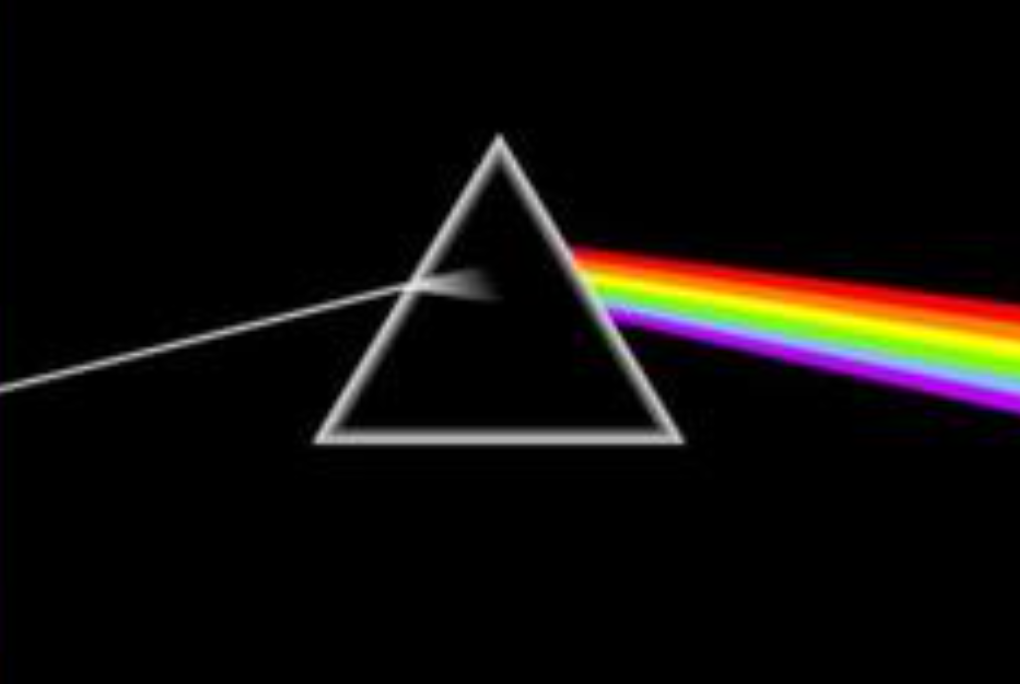Refractive Index for some Common Materials
Refractive index is a fundamental optical property of materials, and it plays a crucial role in many applications, including lens design, fiber optics, and spectroscopy. It measures the ability of a material to bend light as it passes through it, and it is defined as the ratio of the speed of light in a vacuum to the speed of light in the material. This article will explain what refractive index is, how it is measured, and provide a table of refractive index values for some common materials.
What is Refractive Index?
Refractive index is a dimensionless quantity that describes the behavior of light as it passes through a material. When light travels from one medium to another, it changes direction due to the change in speed of light in the two media. The refractive index (n) of a material is defined as the ratio of the speed of light in a vacuum (c) to the speed of light in the material (v):
n = c/v
The refractive index of a material is always greater than or equal to 1, as the speed of light is always slower in a material than in a vacuum. The higher the refractive index of a material, the more it will bend light as it passes through it.
How is Refractive Index Measured?
The refractive index of a material can be measured using a refractometer, which is a device that measures the angle of refraction of light passing through a sample of the material. The refractometer uses a prism to split a beam of light into two beams, one that passes through the sample and one that does not. The angle of refraction of the beam passing through the sample is measured and used to calculate the refractive index of the material.
Refractive Index of Common Materials:
The refractive index of a material depends on its chemical composition, crystal structure, and density. Below is a table of refractive index values for some common materials:
| Material | Refractive Index |
|---|---|
| Vacuum | 1.00000 |
| Air | 1.00029 |
| Water | 1.333 |
| Ice | 1.31 |
| Glass | 1.50-1.90 |
| Diamond | 2.42 |
| Quartz | 1.46 |
| Ethanol | 1.36 |
| Acetone | 1.36 |
| Benzene | 1.50 |
| Polystyrene | 1.59 |
| PMMA | 1.49-1.50 |
| Silicon | 3.42 |
| Germanium | 4.01 |
As it shows in the above table, the refractive index of different materials can vary widely. Materials with higher refractive indices, such as diamond and germanium, are used in applications that require a high degree of optical clarity and precision, while materials with lower refractive indices, such as air and water, are used in everyday applications such as eyeglasses and camera lenses.


